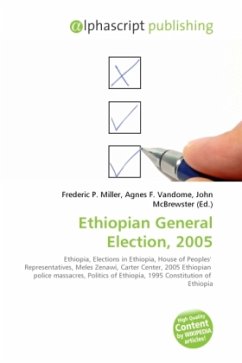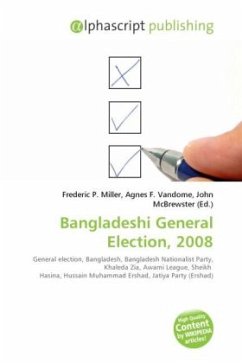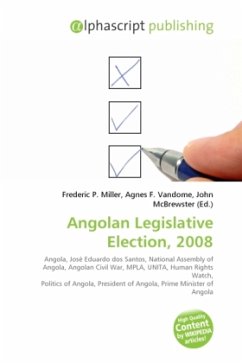A presidential election was held as part of the Kenyan general election on December 27, 2007; parliamentary elections were held on the same date. Incumbent President Mwai Kibaki was declared the winner and sworn in on December 30, despite opposition leader Raila Odinga's claims of victory. There is agreement in the international community that the elections were at least partially manipulated. In July 2008, an exit poll commissioned by the US was released, revealing that Odinga won the election by a comfortable margin of 6%, 46% to 40%, well outside of the exit poll's 1.3% margin of error. The election was strongly marked by tribalism, with Kibaki a member of the traditionally dominant Kikuyu ethnic group getting much support amongst people of Central Kenya i.e. Kikuyu and neighbouring groups like Embu and Meru. Odinga, as a member of the Luo ethnic group, succeeded in creating a wider base by building a coalition with regional leaders from the Luhya in Western Kenya, Kalenjin from the Rift Valley and Muslim leaders from the Coast Province. The third place candidate, Kalonzo Musyoka, had his base mainly amongst the Kamba.








